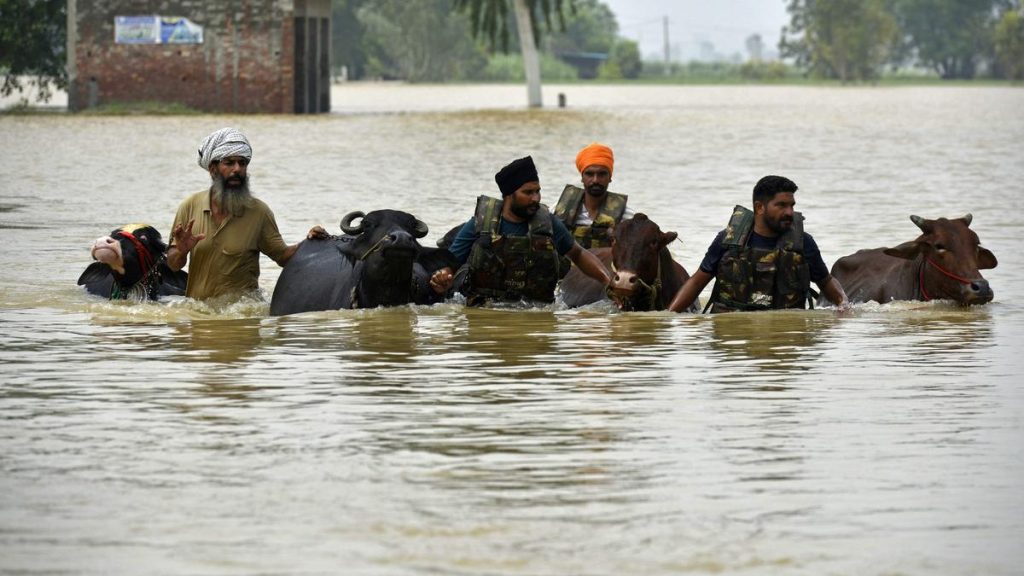Now Reading: World’s Largest Solar Telescope Captures Stunning Sunspot Image with Advanced Camera
-
01
World’s Largest Solar Telescope Captures Stunning Sunspot Image with Advanced Camera
World’s Largest Solar Telescope Captures Stunning Sunspot Image with Advanced Camera

Quick Summary
- Space weather,caused by solar winds and particles,can disrupt Earth’s infrastructure like power grids and satellites.
- The Daniel K.Inouye Solar Telescope (DKIST) in Hawaii is the world’s largest telescope dedicated to studying the sun and predicting space storms.
- A major milestone was achieved with the activation of its powerful camera-the Visible Tunable Filter (VTF)-after over a decade of development.
- The VTF provides high-resolution imaging down to 6.2 miles per pixel on the solar surface, capturing detailed views of large-scale sunspots caused by the sun’s magnetic fields.
- This advanced tool gathers data on polarization, spectra, and magnetic field strengths to refine predictions about space weather events like solar flares.
- VTF can collect over 10 million spectra during one observation session, enabling deeper insights into factors such as atmospheric temperature and magnetic dynamics on the sun.
- Initial testing will continue through next year before full operational deployment.
- Experts highlight that these advancements promise unprecedented opportunities in understanding our nearest star.
Image Highlights:
1) the debut image shows continent-sized sunspot clusters captured by VTF in unusual detail with multi-dimensional analysis capabilities: !View hear.
2) DKIST telescope amidst a stunning mountain sky landscape: !View here.
Indian Opinion Analysis
The advancements at DKIST are significant for global science but also have indirect implications for nations like India that rely heavily on technology-driven infrastructure vulnerable to space weather disruptions. As India continues expanding its satellite-based communications systems alongside ambitious programs such as Chandrayaan missions or potential crewed orbital stations, precise forecasting tools for mitigating solar storms may become particularly relevant.
India’s growing investment in astronomy-illustrated by projects like Aditya-L1 (solar observation satellite)-aligns well with international efforts for better predictive measures about space weather phenomena affecting globally interconnected networks such energy grids telecommunications flights etc ensuring resilient groundwork vital safeguarding emergence innovative techloop niche planning core-strategy integrates robust preparedness lessons timeline healthy eco-evidence partnerships!
Link & Full Article: Read More.




























